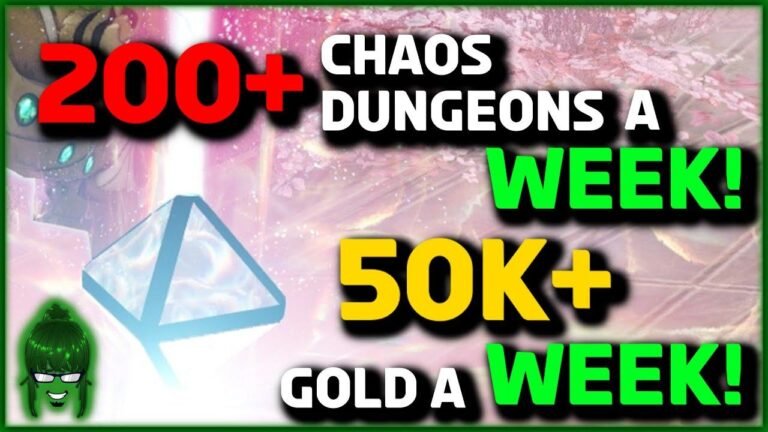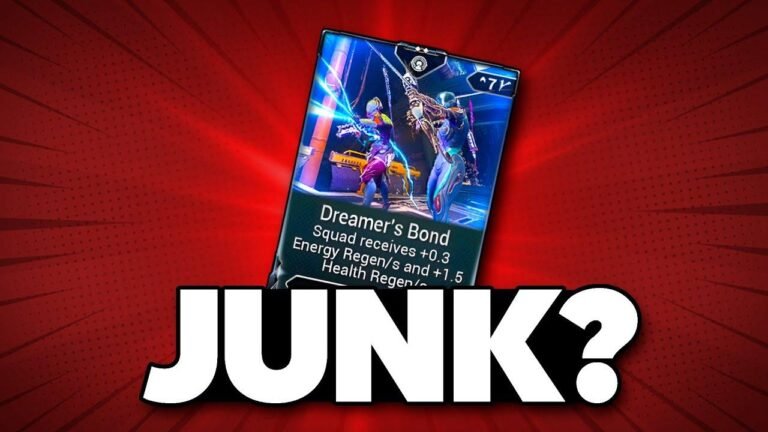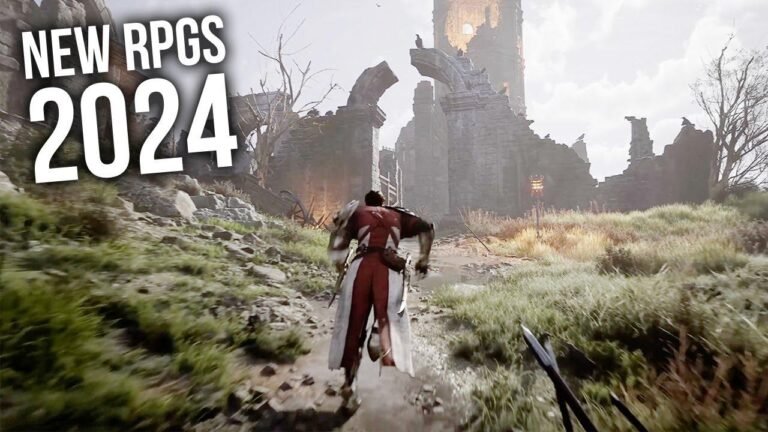Schnallt euch an, Team, wir tauchen ein in das Alcatraz der Gamer: die feurigen Gruben der Tierlisten, wo euer Lieblings-Build mit einem Seitenblick in die Vergessenheit geraten könnte!




Die Feinheiten des Klassen- und Gegenstands-Tierings von Project Diablo 2 verstehen .
.
Inhaltsübersicht
Projekt Diablo 2, eine beliebte Modifikation für den Klassiker Diablo II, bringt eine neue Saison und damit neue Ranglisten, die Charaktere, Fertigkeiten und Gegenstände nach ihrer Effektivität und Stärke klassifizieren. Die aktuelle Diskussion befasst sich mit dem Zustand des Spiels in seiner neunten Saison und analysiert die Ranglisten von Dark Horse (DH) - eine wichtige Ressource für Spieler, die ihre Strategien im Spiel optimieren wollen.
Die wichtigsten Erkenntnisse aus der Bewertung der Tierliste
| Interessante Orte |
|---|
| DHs Tier-Liste bietet Einblicke für jede Klasse. |
| Stellungnahmen zu geopolitischen Faktoren werden erwähnt. |
| Die Stärken und Schwächen der Charaktere/Elemente werden untersucht. |
| Die Reaktion der Spielergemeinschaft auf diese Listen wird erforscht. |
| Es werden Builds und Strategien untersucht, die unterbewertet oder überbewertet sind. |
Die Reaktion der Community und die Diskussion um die Tierliste von DH
Die Interaktion des Erstellers mit den Inhalten hat Diskussionen innerhalb der Zuschauerschaft ausgelöst und die Spieler dazu veranlasst, nicht nur die Empfehlungen der Tier-Liste zu berücksichtigen, sondern sich auch mit den Strategien und Erkenntnissen der anderen Spieler auseinanderzusetzen. Der Schwerpunkt liegt dabei auf den praktischen Auswirkungen der Rangliste auf das tatsächliche Spielgeschehen und darauf, wie sie die Entscheidungen der Spieler beeinflusst.
Weitere Interpretation und Analyse der Tier-Liste
-
Bewertung von Ansprüchen: Überprüfung der Stichhaltigkeit der Angaben in der Rangliste, insbesondere im Hinblick auf die sich verändernde Wirtschaft im Spiel und die geopolitischen Untertöne.
-
Bewertung der Analogie zur realen Welt: Die Analogie zwischen der Wirtschaft des Spiels und realen Situationen, wie Immobilien- und Handelssystemen, bietet eine einzigartige Perspektive auf die dem Spiel zugrunde liegende Mechanik.
Untersuchung des Einflusses der Tierliste auf das Spielerlebnis
-
Überlegungen zur Bauwürdigkeit: Diskussion darüber, wie sich verschiedene Builds in verschiedenen Situationen im Spiel schlagen, z. B. beim Kartieren und beim Farmen auf Kuhhöhe.
-
Gemeinschaftliches Engagement: Reflexion über die Tendenz der Spielergemeinschaft, die Platzierungen in den Ranglisten zu kritisieren und zu diskutieren, wobei Vorurteile und subjektive Vorlieben untersucht werden.
Detaillierte Betrachtung der Klassenleistung und der wirtschaftlichen Faktoren im Spiel
Das Gespräch geht weiter auf die Leistungen bestimmter Klassen ein und beleuchtet die Nuancen bestimmter Builds und ihre Effektivität sowohl in Solo- als auch in Gruppenszenarien. Die Diskussion eröffnet Überlegungen zum Budget im Spiel und definiert, was ein budgetfreundliches Build ausmacht und wie sich dies auf die Klassifizierung der Tier-Liste auswirkt.
Die Stärken und Schwächen der Klasse verstehen
-
Klasse Wirkungsgrad: Analyse der Klasseneffizienz in der Rangliste, insbesondere in Bezug auf die Wirtschaft des Spiels und die Knappheit der Ressourcen.
-
Immobilien-Analogie: Der Item-Markt des Spiels wird mit einem realen Immobilienmarkt verglichen, um einen Einblick in das Investitionsverhalten der Spieler im Spiel zu erhalten.
Wirtschaftliche Auswirkungen auf Spielstrategien
-
Spielinterne Wirtschaftsreflexion: Der Dialog befasst sich mit der Wirtschaft des Spiels, in der die Spieler ihre Ressourcen strategisch einsetzen müssen, um sich einen Wettbewerbsvorteil zu verschaffen.
-
Budget Build Dynamics: Verstehen des Konzepts eines Budget-Builds und wie Spieler ihre Strategien gemäß den Empfehlungen der Tier-Liste im Rahmen der verfügbaren Ressourcen anpassen.
Auswirkungen der Tier-Liste auf die Priorisierung von Spielern und das Ressourcenmanagement
In diesem Abschnitt geht es um die Besonderheiten der Ressourcenzuweisung im Spiel, wie die Rangliste den Spielern helfen kann, fundierte Entscheidungen zu treffen, und welche Auswirkungen diese Entscheidungen auf den Fortschritt und das Spielvergnügen haben.
Priorisierung von Fähigkeiten und Elementen auf der Grundlage ihrer Effektivität
-
Treffsichere Entscheidungen: Untersuchung, wie bestimmte Fertigkeiten und Gegenstände auf der Grundlage ihrer vermeintlichen Effektivität im Rahmen der Tierliste priorisiert werden.
-
Strategien zur Ressourcenverwaltung: Erörterung von Spielerstrategien für den Umgang mit Ressourcen im Spiel, Untersuchung der Wechselwirkung zwischen Ressourcenverfügbarkeit und Spielerfolg.
Die Auswirkungen der Einhaltung oder Nichtbeachtung der Tier-Liste
-
Adhärenz vs. Selbständigkeit: Überlegungen zu den Auswirkungen des strikten Befolgens der Tier-Liste im Vergleich zum Verlassen auf persönliche Erfahrungen und Experimente.
-
Strategische Anpassungen: Überlegung, wie Spieler ihre Strategien anpassen müssen, wenn die Empfehlungen der Rangliste nicht mit ihren eigenen Erfahrungen oder Vorlieben übereinstimmen.
Erkundung des Community-Dialogs über die Spielmechanismen und die Strategie
Die Gespräche über die Rangliste gehen über individuelle Meinungen hinaus und führen zu breiteren Diskussionen über die Spielmechanik, die Strategie und die wahrgenommenen Auswirkungen der Build-Ranglisten auf die Taktik der Spieler.
Auswirkungen der Stufenliste auf die Wahrnehmung der Gemeinschaft
-
Die Wahrnehmung prägen: Analyse der Art und Weise, wie Tier-Listen die Wahrnehmung der Community in Bezug auf die Spielbalance und die Attraktivität bestimmter Builds prägen.
-
Strategischer Diskurs: Erleichterung eines tieferen strategischen Diskurses innerhalb der Community, der die Spieler dazu anregt, die Feinheiten der Tier-Liste zu untersuchen.
Tier-Listen als Quelle von Streit und Einigkeit
-
Gemeinschaftlicher Konsens: Erkundung der Bereiche, in denen es innerhalb der Gemeinschaft Meinungsverschiedenheiten und Übereinstimmungen mit den Schlussfolgerungen der Rangliste gibt.
-
Strategische Ausrichtung: Berücksichtigung des Ausmaßes, in dem die Spieler ihre Strategien an den Vorgaben der Tier-Liste ausrichten.
Ein kritischer Blick auf die Methodik der Tier-Liste und ihre Auswirkungen auf die Wahl des Spiels
Die Methodik, die der Erstellung von Ranglisten zugrunde liegt, wird kritisch hinterfragt, wobei der Schwerpunkt auf der Bedeutung einer transparenten Methodik und der Notwendigkeit objektiver Daten zur Untermauerung der Ranglisten liegt, um die Glaubwürdigkeit der Rangliste zu gewährleisten.
Evaluierung der Erstellung und Verteilung von Tier-Listen
-
Methodische Transparenz: Hervorhebung der Bedeutung einer klaren und transparenten Methodik bei der Erstellung von Tierlisten.
-
Die Bedeutung objektiver Daten: Hervorhebung der Notwendigkeit objektiver Daten zur Untermauerung der Behauptungen und Einstufungen in der Rangliste.
Die Rolle der Tier-Liste bei der Gestaltung von Gameplay-Entscheidungen
-
Einfluss auf die Entscheidungsfindung: Bewertung der Rolle von Ranglisten bei der Beeinflussung von Spielerentscheidungen und der Auswahl im Spiel.
-
Methodisches Vertrauen: Das Vertrauen in die Methode, die hinter der Rangliste steht, kann sich auf den Grad der Annahme und Anpassung durch die Spieler auswirken.
Abschließende Überlegungen zur Beteiligung der Gemeinschaft und zur Entwicklung der Meta des Spiels
Die Diskussion über die Rangliste spiegelt die Dynamik der sich entwickelnden Meta von Project Diablo 2, die Beteiligung der Community und das ständige Streben nach Optimierung des Gameplays in einem geliebten Spiel wider. Sie spiegelt die leidenschaftliche Auseinandersetzung der Spieler mit den Systemen des Spiels wider, die versuchen, den größten Spaß und Erfolg aus ihrem Spielerlebnis zu ziehen.
Beobachtungen zu Gemeinschaftsbeteiligung und Meta-Evolution
-
Von der Gemeinschaft getrieben: Der Einfluss der Rangliste auf die Entwicklung des Spiels durch die Community.
-
Ständig wechselnde Meta: Anerkennung der fluiden Natur der Meta des Spiels, die durch Spielerfeedback und Tierlistenanpassungen beeinflusst wird.
Die Bedeutung von Community-Feedback für die Spielentwicklung und das Balancing
-
Bewertung von Spielereingaben: Wir erkennen die Bedeutung des Feedbacks der Community für die Gestaltung des Spiels und des Balancings an.
-
Meta-Reaktionsfähigkeit: Betonung der Reaktionsfähigkeit des Spiels auf Veränderungen in der Meta und der Rolle der Community in diesem Prozess.










